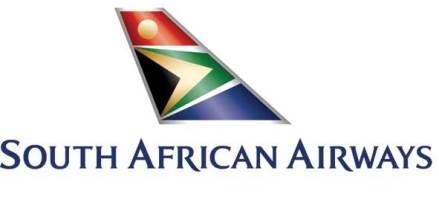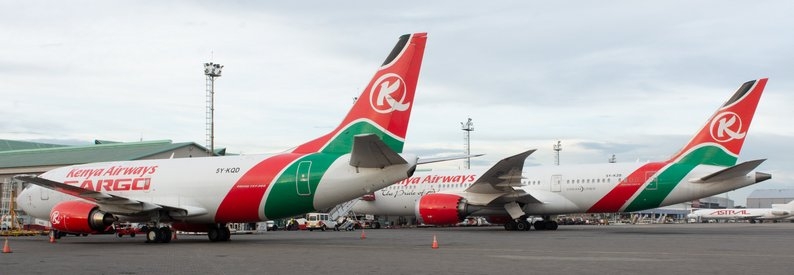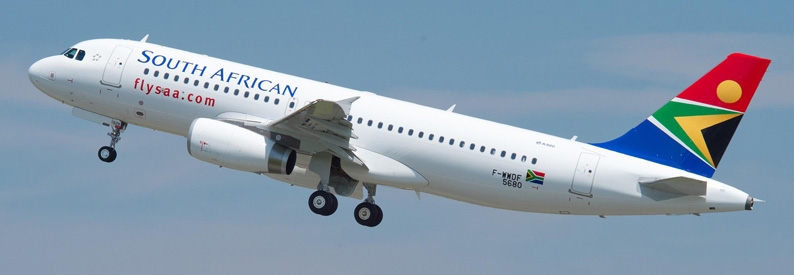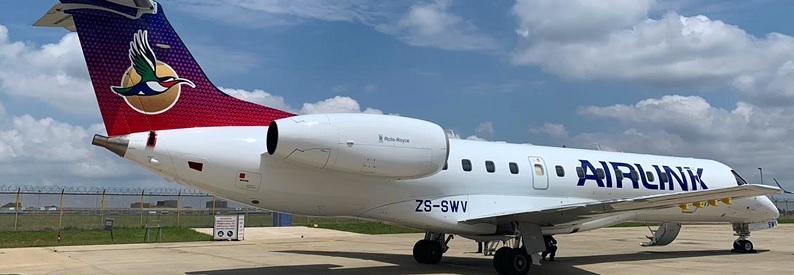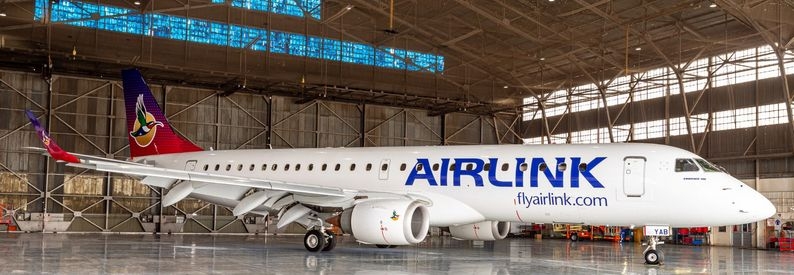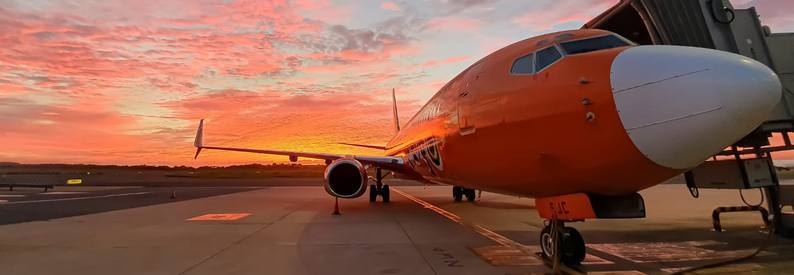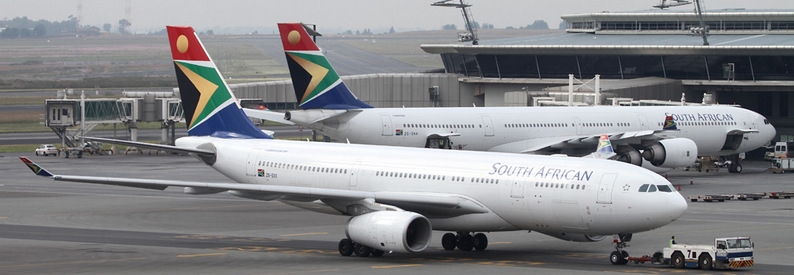South African Airways (SA, Johannesburg O.R. Tambo) is to relaunch in the first half of 2021 as a joint public and private sector venture involving a “suitable strategic equity partner”, the government says.
However, corruption watchdog OUTA (Organisation Undoing Tax Abuse) has called on South Africans to boycott the state-owned airline in protest against an announced state bailout of ZAR10.5 billion rands (USD644 million) for the implementation of SAA’s business rescue plan and its restructuring. SAA has been in business rescue since December 2019.
“OUTA believes that SAA should be liquidated in a manner which has the least impact on the country. The staff should get reasonable retrenchment packages, but this airline should no longer be supported. South Africa has much bigger priorities than a state-owned airline,” it said.
OUTA labelled the bailout as “extremely irresponsible” as it was being funded through budget cuts to 41 other state departments. “We understand that debts need to be settled, but we cannot watch more precious tax revenue being wasted to revive a dying entity. South Africans do have a voice. We now call on South Africans to boycott the state-controlled airline,” said OUTA Chief Executive Officer, Wayne Duvenage.
The Department of Public Enterprises (DPE), SAA’s stakeholder representative, in response, defended the government’s controversial decision. In a statement, DPE said it was “engaging constructively towards the national interest objective of the formation of a new airline in the first half of 2021, which will be run in a professional and sustainable manner to support key economic sectors including tourism”. “The Ministry believes that the restructuring contained in the business rescue plan for SAA is fundamental and will create a solid base for the emergence of a competitive, viable, and sustainable national airline,” it said.
It said failure to allocate the funds would have resulted in the liquidation of the airline at the cost of more than ZAR18.5 billion (USD1.1 billion). The Ministry believed the completion of the business rescue process was “the only viable alternative”.
It said the ZAR10.5 billion would pave the way for the finalisation of the business rescue process and the restructuring of the airline through the following: The appointment of an interim board, interim chief executive officer, and chief financial officer; implementation of a training layoff scheme for 1,000 employees; selection of a suitable strategic equity partner; to settle the airline’s legacy debt including voluntary severance packages; and to begin preparations for the relaunch of a "lean, technology capable, digitally modernised new airline”.
An immediate ZAR8 billion (USD487.2 million) would be spent on an initial working capital injection of ZAR2.8 billion (USD170 million), of which ZAR800 million (USD48.7 million) was for the payment of Post-Commencement Creditors (PCF) and retrenchment costs of ZAR2.2 billion (USD134 million); ZAR3 billion (USD182 million) for the repayment of un-flown tickets; and ZAR2.2 billion to repay creditors, other than lenders.
Over the next three years, concurrent creditors would receive ZAR600 million (USD36.5 million) equating to about 7.5 cents on the rand. About ZAR1.7 billion (USD103 million) would be refunded to aircraft lessors, the equivalent of six months aircraft rental payments, again payable over three years. Post-commencement creditors would be paid directly out of the working capital injection for the restart of the airline.
An additional ZAR16.4 billion (USD999.1 million) would be repaid to lenders, inclusive of PCF lenders, from an additional budget allocation made in February 2020, DPE said.
